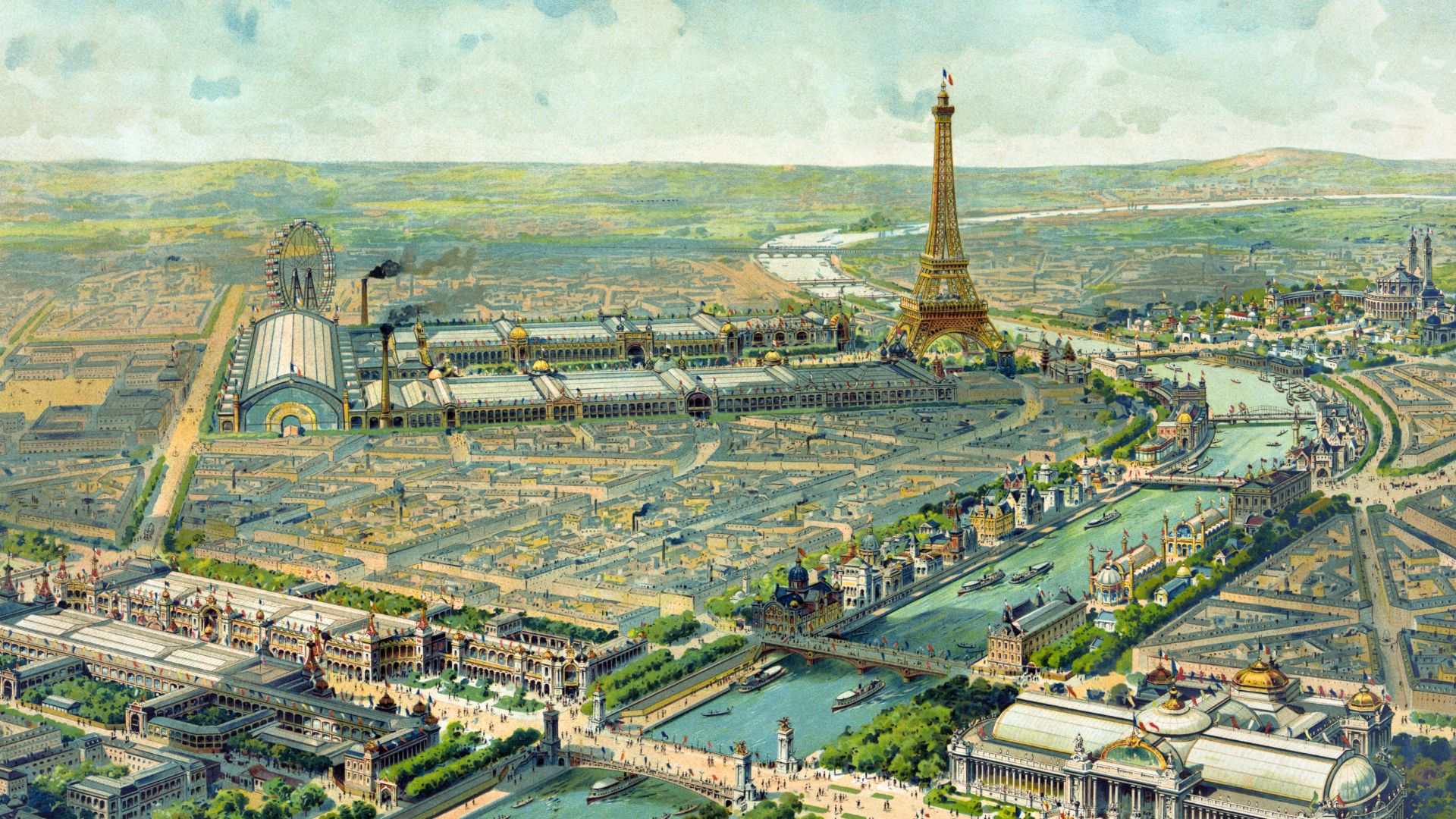With the theme «Balance of a Century», the 1900 Universal Paris Exhibition that took place between April and November 1900. Portugal was one of the 40 countries present, with two pavilions, both designed by the architect Ventura Terra.
On the 24th January 1901, one of the four ships – hired to transport the national artworks back to Portugal – sank, losing almost all the pieces.
The difficulties of navigability accompanied the entire journey, since Le Havre harbour, but it was alongside the Portuguese coast that, facing greater dangers, the Saint-Andre was abandoned by its crew.
From Lisbon, to attempt rescue, the trawler Berrio was sent, but to no avail. Left adrift, the steamer was dragged and sank somewhere in the south of Portugal, within sight of Sagres.
Part of the hull, a barrel of mineral oil and an oar were all that was found. Paintings by Malhoa; Columbano; Carlos Reis; Alfredo Keil; Alberto Pinto; Sousa Pinto; Veloso Salgado; Carneiro Júnior, among others, were lost.
Sculptures, ceramics and tiles of great quality and beauty, namely form Real Fábrica Vista Alegre, Fábrica das Devesas (Vila Nova de Gaia); Cerâmica do Carvalhinho (Porto), Faianças das Caldas da Rainha, Fábrica de Louça de Avelino António Soares Belo and also old tiles belonging to private collections.
As a whole, these treasures were part of the proud Portuguese representation and some were even distinguished by the Parisian jury, seeing their artistic value recognised with the award of medals.
Only the few that went to Portugal by other routes– train and three more vessels – or deviated from their destructive route – such as José Malhoas’s painting “As padeiras” – were saved, because they were headed to other exhibitions, in Russia and Germany.
The shipwreck also led to the loss of another precious cargo on board the Saint-Andre, that was lost forever: Eça de Queirós’s personal documents and the furniture from the house in where he died in Neuilly-sur-Seine, on the outskirts of Paris, on the 16th of August 1900. His widow had asked for them to be transported on the ship that the government had chartered for the return of some of the works exhibited in Paris.
The 1900 Universal Paris Exhibition welcomed around 51 million visitors, occupying an area of 216 hectares spread throughout the centre of Paris, along the river banks of the Seine, and Bois de Vincennes, leaving iconic structures that still stand today: the Alexandre III Bridge, the Grand and Petit Palais, the Gare d’Orsay (now a museum) and the Paris Metro, whose first line was inaugurated for the Exposition.
Sources: Blog O Sal da História and Tribunal de Contas
Photographic credits: Lucien Baylac (1851-1913) – Image available on the Photos, Prints and Drawings Division on the Library of Congress of the United States of America

